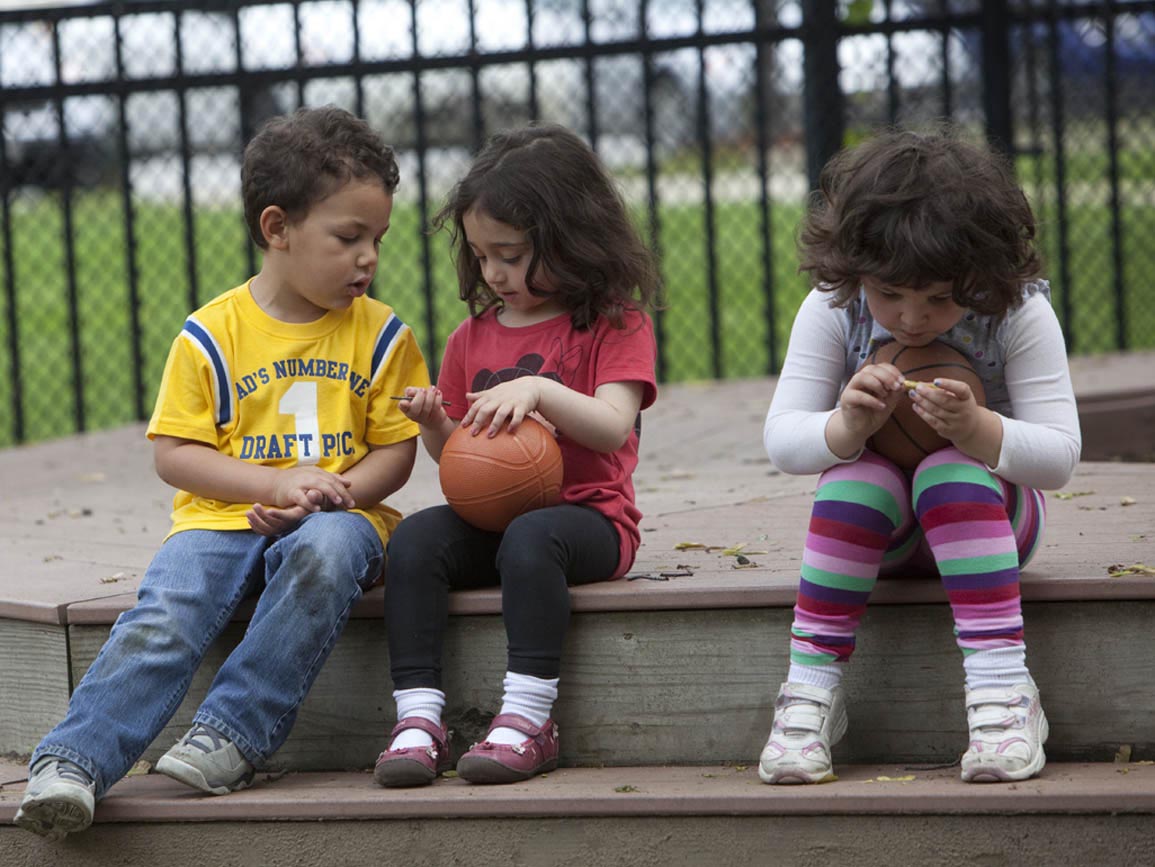As parents, we have a vision for a world where all people are valued and respected, regardless of their race, gender identity, or socioeconomic level. The commitment to embracing cultural diversity begins in childhood. Parents and extended family members play a significant role in determining the values the next generation will hold. Read on for a few simple ideas you can incorporate at home:
Teaching Empathy and Compassion for Others
- Model empathy and compassion. Children are most strongly influenced by the people they care about—teachers, friends, and most of all, family. Be thoughtful about the messages you are sending, both actively and passively. How we treat people powerfully communicates our true values to children. Try to cultivate an atmosphere in your home in which children feel safe to ask questions about issues of cultural and racial diversity. Be aware of what your children might be hearing through television, media, or off-handed comments from others.
- Use high-quality children's books. Choose children’s books that are appropriate for your child’s developmental and cognitive level and show a spectrum of human experiences. Read the books together, teaching empathy and tolerance by highlighting important issues and themes. Pose a few thoughtful questions or observations, such as, “I wonder what we would do in that situation?” or “How do you think the character was feeling?”
- Offer Solutions. Children sometimes make seemingly racist or bigoted comments that are actually an indicator of the child’s innocence and developmental level. Avoid showing shock over comments such as, “Why is his skin that color?” or “What’s wrong with her legs?” Instead, offer a brief, matter-of-fact explanation that emphasizes the beauty and importance of diversity. A comment like, “Why do you have a black mommy and a white daddy? That’s weird,” may seem intolerant or racist, but may actually be an innocent inquiry. Try to consider the context and intent of the comment. Teach your child to respond thoughtfully, saying, for example, “Families don’t all have to look the same. Isn’t that great?”
Remember that teaching children character is a cumulative process of a thousand small moments achieved through consistent, intentional teaching and examples from parents, family, and teachers.
- Guiding your child to be an inclusive and compassionate individual can be a hard task for a parent. Discover four strategies on how to teach your child to be inclusive.
- Now more than ever it is important to teach our children to be respectful. Learn ways you can raise your children to be empathetic and compassionate adults.





